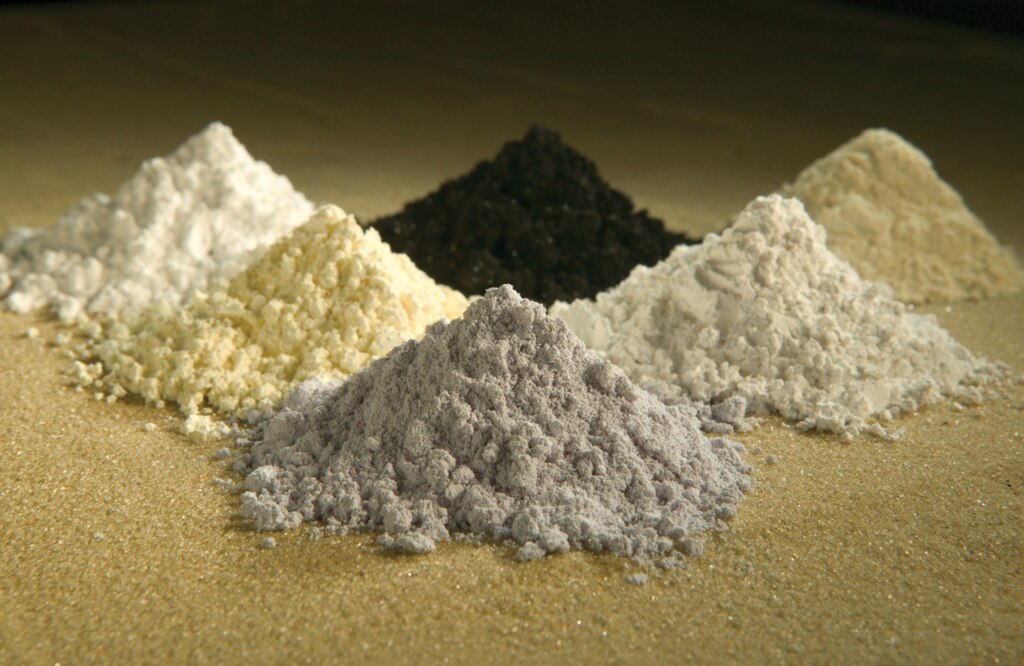Why Rare-Earth Minerals Matter
The rare-earth elements (REEs) include neodymium, praseodymium, dysprosium, and terbium. They are the backbone of modern technology, going into electric-vehicle (EV) motors, wind turbine magnets, smartphone components, and AI hardware. The global rare-earth market is valued around USD 3–5 billion today. It is forecast to grow steadily as demand for EVs, AI hardware, and green-energy technology accelerates.
Though not geologically rare, minerals containing them are environmentally complex and expensive to refine, creating a chokepoint in global supply chains. Rare-earth minerals have thus become geopolitical weapons in trade rivalry, especially between Washington and Beijing.
China’s Dominance and New Export Controls
China has over 80–90% of the world’s rare-earth oxide refinement capacity, in order to make the magnets and other components. China's recent imposition of export controls on rare-earth materials and advanced processing technologies have reignited fears of shortages and rising costs across the global technology, defence, and green-energy industries. This prompted sharp market reactions and policy responses from the U.S. and EU. President Trump’s administration has threatened 100% tariffs on China and other trade counter-measures.
Global Reserves and Leading Producers
According to the Uinted States Geological Survey data of 2025, the world’s largest rare-earth reserves are concentrated in:
- China, the dominant producer and processor
- Brazil, which is rapidly expanding extraction
- India, which has significant unexploited reserves
- Australia, home to reserves, and importantly, a major refiner
- Russia, with growing exploration efforts
- United States, also with growing exploration efforts
The Economics Behind Rare Earths
Prices of NdPr (neodymium-praseodymium) and dysprosium fluctuate sharply with political tension and industrial demand. Analysts project strong compound annual growth (CAGR) in the rare-earth industry till 2035 to be between 6.2% and 9.4%, as AI chips, robotics, and renewable energy multiply usage.
The Race to Secure Rare-Earth Supply Chains
As previously stated, it is not the reserves themselves which aren't particularly rare, but the know-how for refining and magnet manufacturing that is the critical supply-chain bottleneck lies. These areas are still dominated by Chinese firms, which are restricted from sharing them with other countries.
Western companies like MP Materials (USA) and Lynas (Australia) are scaling up refining and recycling projects to counter China’s lead, but these require both time and huge capital investments. The Centre for Strategic and International Studies (CSIS) and the International Energy Agency (IEA) note that supply-chain diversification will take at least a decade due to infrastructure costs and environmental hurdles.
Governments across the U.S., EU, Japan, India, and Australia are funding mining, refining, and recycling projects fo rare earth elements. Initiatives include:
- Strategic mineral stockpiles
- Subsidies for refining hubs in the home country
- Circular-economy projects for REE recycling
Outlook: Strategic Metals for the AI Era
As AI and electric-mobility industries expand, rare-earth elements will define technological sovereignty. While recycling, material substitution, and alternative magnet research are advancing, the strategic dominance of China’s rare-earth ecosystem remains unmatched.
The race for critical mineral independence is already on. Whoever secures these resources will shape the future of AI, clean energy, and defence technology.
Keywords: rare earths, rare earth minerals, China rare earth export controls, neodymium dysprosium, rare earth reserves, rare earth market size, EV magnets, AI hardware materials, rare earth supply chain, MP Materials, Lynas








